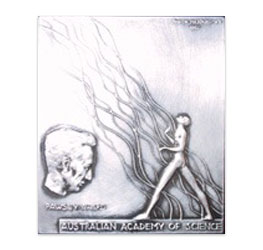
iBet uBet web content aggregator. Adding the entire web to your favor.
Link to original content: http://www.science.org.au/supporting-science/awards-and-opportunities/pawsey-medal


The call for nominations is currently closed
Nominations for the 2025 round are now closed. Nominations for the 2026 round will open in February 2025.
The Pawsey Medal recognises the contributions to science in Australia by the late Dr JL Pawsey FAA FRS. Its purpose is to recognise outstanding research in physics by scientists up to 10 years post-PhD in the calendar year of nomination, except in the case of significant interruptions to a research career. The award is made annually and is restricted to candidates who are normally resident in Australia and for research conducted mainly in Australia.
This award is open to nominations for candidates from all genders. The Australian Academy of Science encourages nominations of female candidates and of candidates from a broad geographical distribution.
Candidates may be put forward for more than one award. If a proposed candidate is already the recipient of an Academy early-career honorific award, they will not be eligible for nomination for another early-career or mid-career honorific award. A mid-career honorific award recipient will also not be eligible for nomination for another mid-career honorific award. Fellows of the Academy are ineligible to be nominated for early and mid-career awards.
Please submit your nominations using the Nominate button found on the left of this webpage.
Please note: From February 2024, the Academy is using a new nomination platform that is external to the main Academy site. Nominators will be required to create an account on the platform. Even if you are familiar with the nomination process, please allow extra time to familiarise yourself with the new platform.
© 2024 Australian Academy of Science